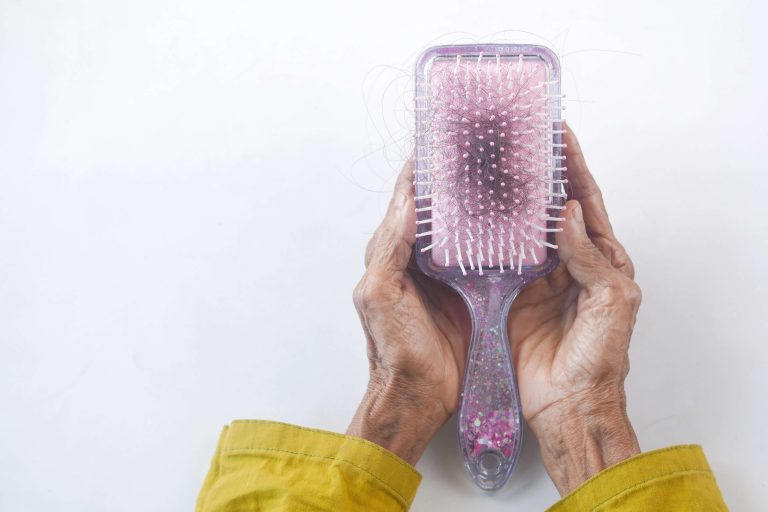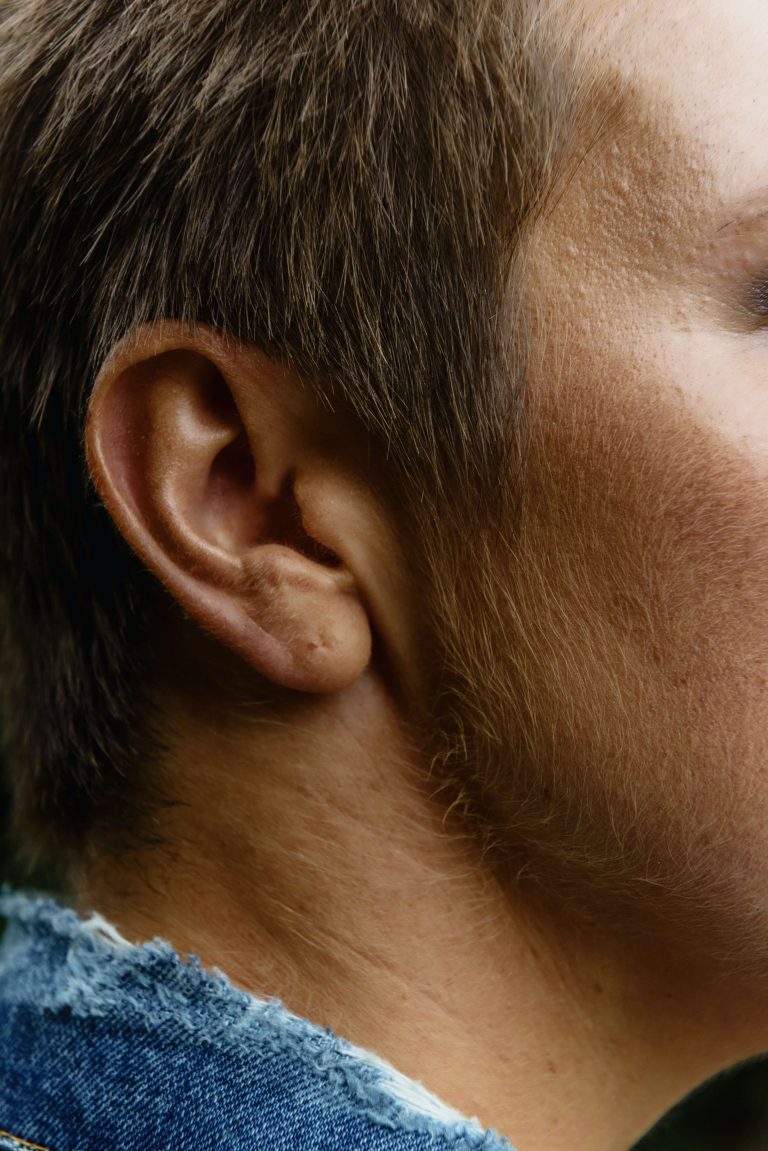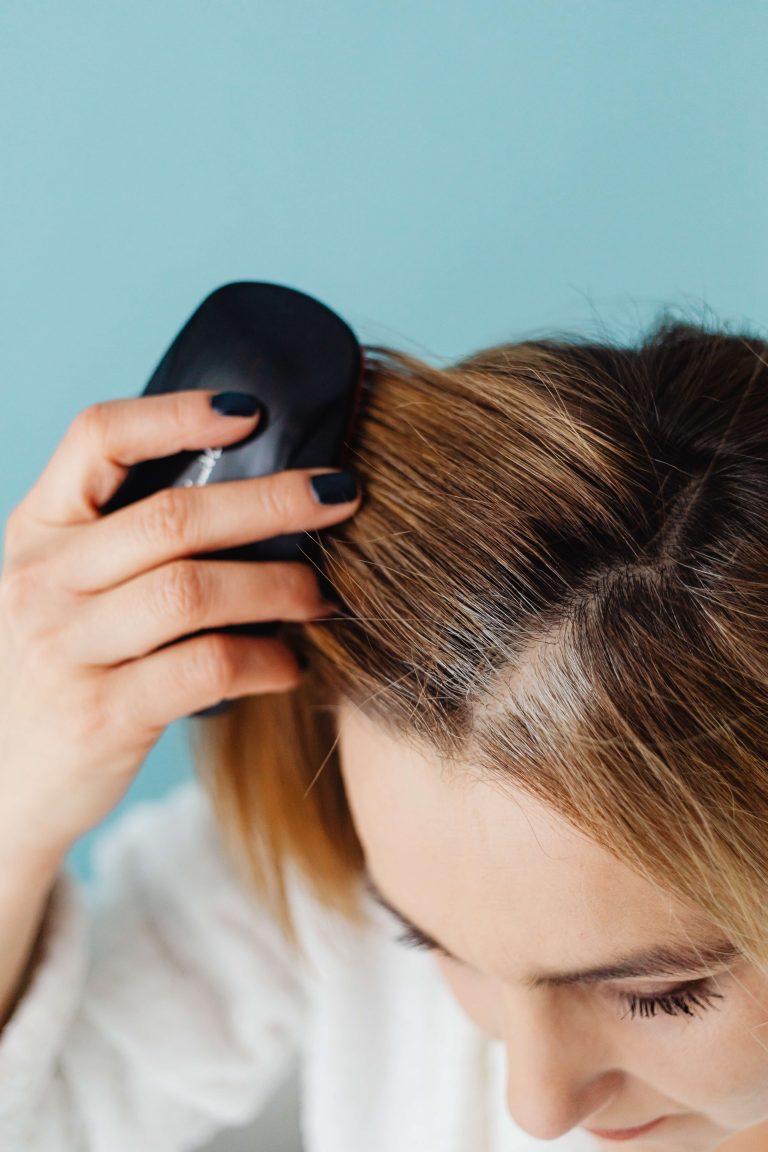Who is it for?
Finasteride or Propecia is ideal for younger men looking to keep a full head of hair, and for men who would like to keep their hair loss from getting any worse. It is for men experiencing diffuse thinning, the formation of a bald spot, recession at the temples or a combination of all of these.
Finasteride is not for females, unless with consent from a GP.
What is it and how does it work?
Finasteride is a tablet medication that works by lowering the levels of DHT in the scalp, thus helping to reverse the balding process.
Is it effective at stopping hair loss?
THE FDA conducted a study on 1,500 men to collect data on the success of finasteride. Nearly 83% of the men who had been treating their hair loss with finasteride either saw a complete stop of hair loss, an increase in hair growth, or both!
How long does it work?
Finasteride takes time to work, it is incorrect to believe that results will appear within 3 months. Finasteride takes 2-3 years for proper results to be seen. It is imperative to keep in mind that taking finasteride is a long-term investment. Just like the process of the hair cycle takes a few years, so does the use of finasteride.
Are there any side effects?
There are little no side effects while taking finasteride, however some may include
- Lack of libido
- Mild nausea in the beginning
Does Finasteride cause shedding?
Finasteride can cause shedding; however, it is a very mild shed. Shedding is completely normal and temporary. Finasteride causes thinning hair to “reset”, which can put a large number of hair follicles into a dormant stage for a short period of time. It is recommended that people who are looking to use finasteride hold off on their expectations until the shedding process concludes
Using the right shampoo
Using anti-inflammatory shampoos are ideal when taking finasteride. Shampoo’s like Nizoral or Regenepure will help calm the scalp and enable the finasteride to be more effective. This is optional.












